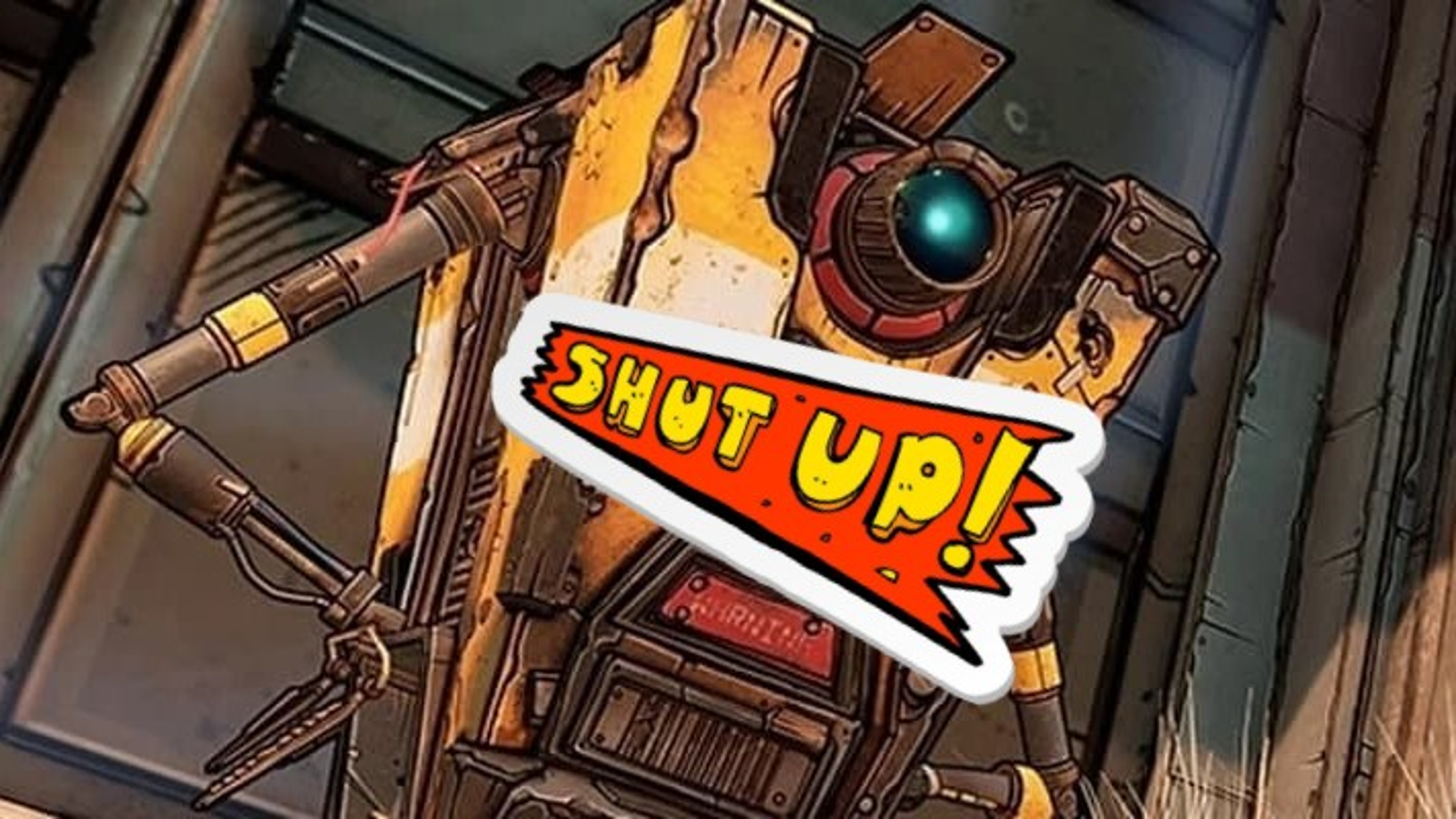Borderlands 4 Puts Players in Control of Claptrap’s Volume—And the Conversation Around Player Choice
Ever since the original Borderlands arrived, Claptrap has been as much a symbol of the franchise’s wild humor as a source of playful exasperation. His energetic, unfiltered dialogue—equal parts slapstick and self-promotion—has inspired countless memes and, just as often, the desire for a mute button. Now, remarkably, that wish has been granted: Borderlands 4 will feature a dedicated volume slider for Claptrap, finally giving players the power to modulate their robotic companion’s chatter to taste.

At Long Last, Peace on Pandora—Claptrap’s Voice Finally Adjustable
Claptrap’s constant interjections—rambling about cryptic dance routines or his penchant for heroics—have always split the fanbase. Many found his dialogue endearing and iconic, yet others, myself included, have often wished for silence amid the firefights. Borderlands 4, in a decision that feels both overdue and remarkably effective, integrates a separate control for Claptrap’s vocals into the audio menu. Previously, tuning down dialogue meant losing immersion elsewhere. Now, as confirmed by Eurogamer, you’ll be able to lower or even nix the robotic monologues without impacting music, world sounds, or narrative beats.
Gearbox Raises the Bar—A Fan-Requested Feature Becomes Reality
In an era where graphical fidelity and AI NPCs typically define major innovations, focusing on such granular user preference is notably innovative. Attention to small friction points can—in a somewhat understated way—transform how we engage with a game. Gearbox’s willingness to embrace years of raucous online feedback, not to mention countless Reddit threads roasting Claptrap’s verbosity, signals an impressively adaptive design philosophy. The new slider, while simple in principle, is undeniably a sign of industry trends: studios increasingly realize that micro-adjustments can yield macro-level improvements in player comfort.
Addressing a Noisy Issue—When Audio Fatigue Hits Home
Over the course of devising lethal builds and collecting weaponry across Pandora, there’s one refrain many players have muttered—“Please be quiet, Claptrap.” Audio fatigue, especially with hyperrepetitive lines, can accumulate faster than loot in a Chaos Chamber. For those gaming long hours, the difference between immersion and annoyance often hinges on fine control. By letting players independently tweak Claptrap’s volume, Borderlands 4 delivers a player experience that is remarkably effective at circumventing one of the series’ most persistent complaints.
The option elegantly enables you to tune out relentless banter without sacrificing the richly layered world sounds or cutting out crucial story dialogue. It’s the equivalent of enjoying a double shot of action—robust, but without the involuntary caffeine jitters.
Ambient Personalization: A New Mood for Game Design
Modulating a mascot’s volume may seem minor on its face, but what it truly represents is the industry’s growing commitment to what I’d call “atmospheric agency.” By giving players power over their audio mood, Borderlands 4 is noticeably expanding the toolkit for self-expression—more so than many AAA shooters that still cling to all-or-nothing toggles. It’s a particularly innovative move, paralleling how modern productivity software rolled out focus modes for concentration. Now, even in games famed for chaos, users shape both the action and their emotional bandwidth.
Mature game design increasingly means letting players be the architects of their own sensory environments. Borderlands 4’s audio menu, brimming with nuanced options, sets a precedent for balancing bombast and comfort.
Modularity on the Rise—The Broader Picture for Game Technology
This new customization isn’t just a footnote—it’s indicative of a strikingly ambitious technical overhaul. With modular abilities, context-driven missions, and accessibility expanded across all fronts, Borderlands 4 is leaning into a philosophy of “play how you like—and hear what you want.” Should this approach gain traction, it might inspire studios behind the likes of Witcher or GTA to enable equally granular controls. The potential ripple effect is significant: custom sound settings could soon let us curate the exact emotional landscape we crave in any open-world epic.
| Feature | Description | Impact |
|---|---|---|
| Claptrap Volume Slider | Adjust Claptrap’s vocal volume independently | Significantly reduced audio fatigue and improved personalization |
| Expanded Accessibility Settings | Visuals, audio, and motion are all adjustable | Extremely welcoming environment for diverse communities |
| Modular Skill Systems | Combine and configure various class skills | Gameplay becomes incredibly versatile and strategic |
| Dynamic Open World Events | Spontaneous missions alter exploration | Replay value is notably improved and engagement spikes |
More Than a Mute Button—It’s About Player Empowerment
A joke among fans now formalized as a system feature, the Claptrap volume slider demonstrates that thoughtful design can arise from the unlikeliest requests. Rather than treating player-reported annoyances as throwaway memes, Gearbox integrated feedback holistically. Crucially, this option goes beyond a punchline: it represents a forward-thinking stance on respecting time, attention, and sensory boundaries.
The Borderlands franchise, having always straddled the line between exhilarating chaos and overwhelming bombardment, is now letting players chart their own auditory journeys. For anyone who’s thrilled to shut off the noise after a tough raid, this feature feels nothing short of liberating.
Far from being a one-off gag, the slider is an enduring option—one I expect other developers to imitate soon. After all, in a medium where player agency is king, the ability to curate your own experience is a crown jewel.
Whether you find Claptrap’s relentless optimism charming or exhausting, having the freedom to shape your game’s atmosphere is, at last, a reality—and, in my view, the most exciting signal yet that the future of gaming is not just louder, but smarter.



